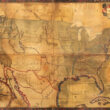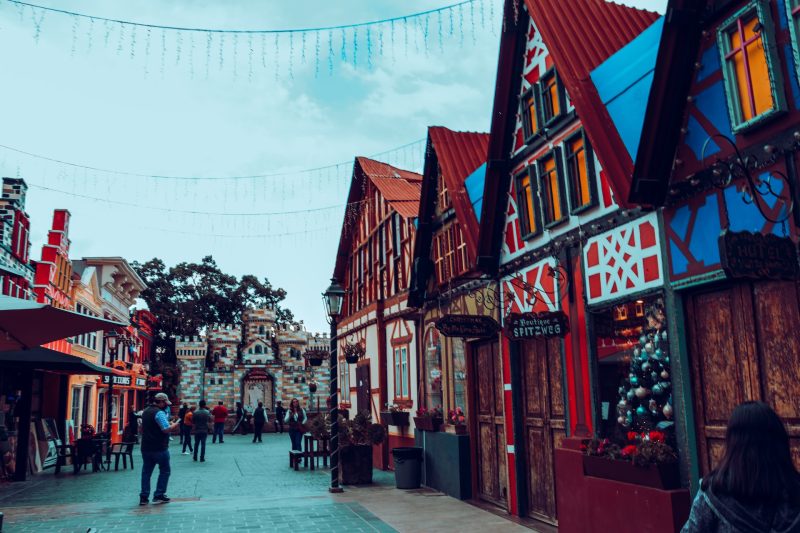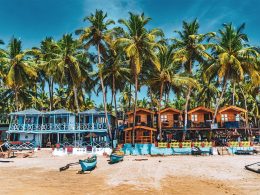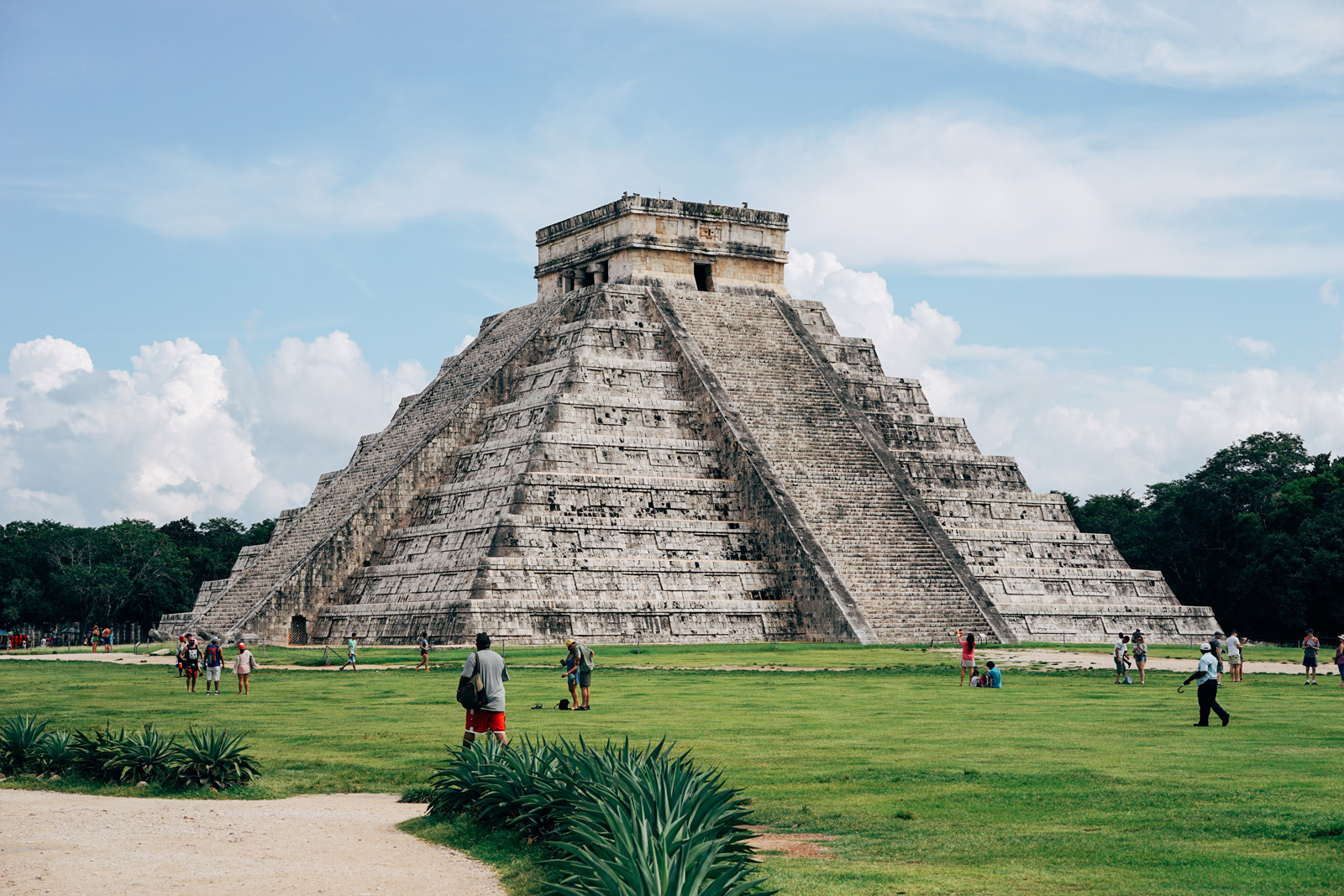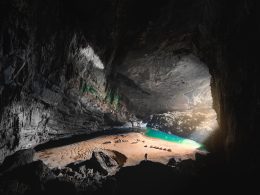We all know that Mexico is famous for its beaches and archeological treasures. But how can you see the best of small town Mexico?
In 2001, Mexican tourism authorities set out to make a list of must-visit towns, creating the designation of Pueblo Mágico or Magical Town. From an initial group of 32, the list has since burgeoned to 121, despite some very strict guidelines.
Towns are judged on elements such as architecture, festivals, food, dance, handcrafts, etc. Perhaps just as important, towns must have good infrastructure (no masses of electrical lines in the historic center!) and be readily accessible from a metropolitan area.
This immensely successful program has brought tourism into areas that has been neglected before, despite treasures such as 16th-century monasteries, fantastic regional food, breathtaking natural beauty and indigenous cultures.
Competition to be included in Mexico’s list of Pueblos Mágicos is intense, and towns must continually strive to protect and enhance their historical and cultural heritage to remain on the list. The following is our list of the 12 best Pueblo Magicos in Mexico.
Huasca de Ocampo
Huasca de Ocampo, located just north of Mexico City near Pachuca, was the first town to be designated a Pueblo Mágico. This quaint town has a unique atmosphere that is a blend of colonial architecture and Appalachian charm. Visitors may find themselves pleasantly surprised by this unexpected Mexican destination.
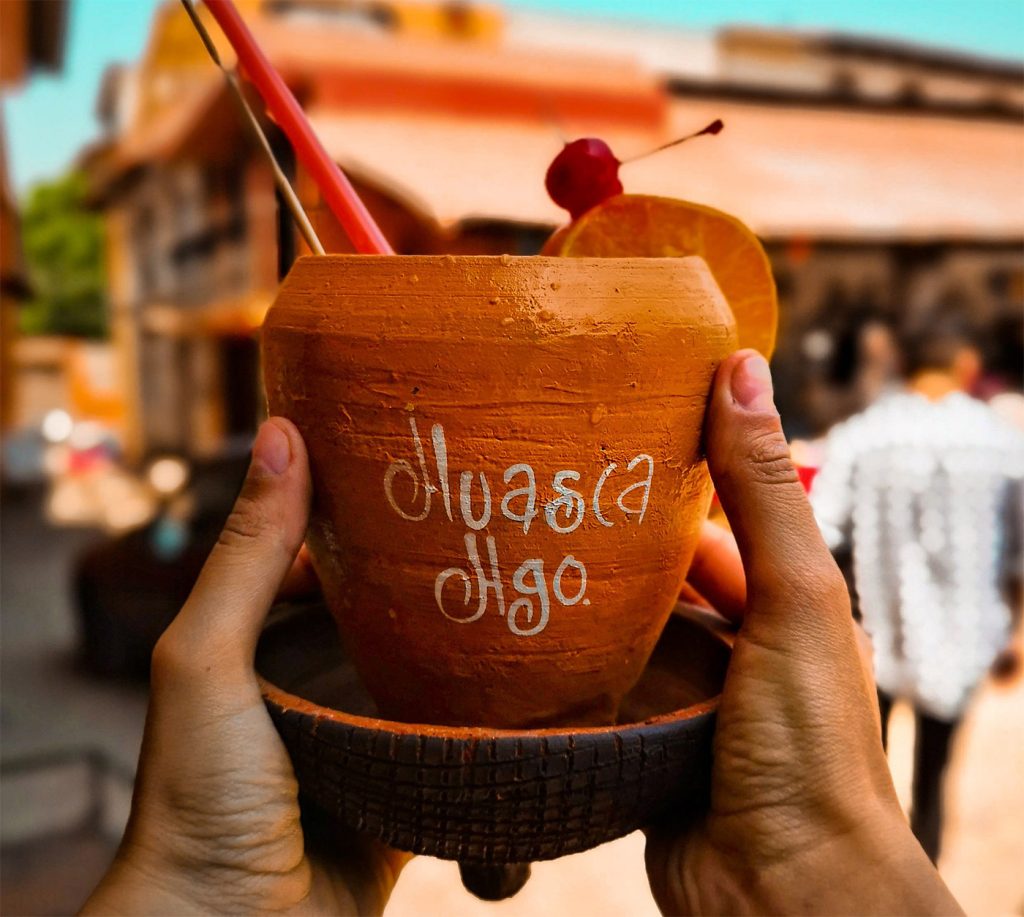
The woods of Santa María la Regla are home to a unique and fascinating Troll Museum, known as the Museo de los Duendes. This area is also the site of one of Mexico’s first haciendas, and is known for its rare polygonal basalt columns. Visitors to this area can explore the history of the hacienda, as well as learn about the mythical trolls that are said to inhabit the woods.
San Cristóbal de las Casas
This is probably the most famous town on the list, really a small city. Until the end of the 19th century, it was the capital of Chiapas, and is still the most important tourist attraction in the state. But it is no longer the state’s political, economic or population center, which is now Tuxtla Gutierrez.
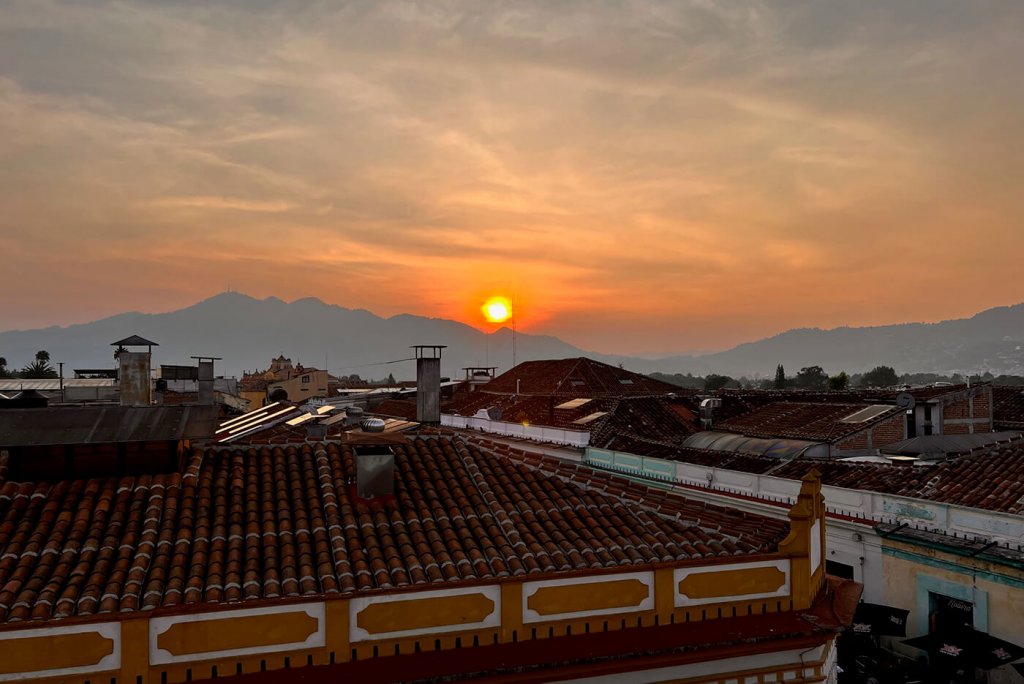
San Cristóbal is famous for its various indigenous peoples, mostly Mayan, as well as a wide variety of colorful handcrafts made locally. These include textiles with massive amounts of embroidery, pottery and a type of native lacquer that rivals anything done in the Far East.
Taxco
Taxco de Alarcón is a picturesque mountain town located in the state of Guerrero, approximately three hours south-east of Mexico City by bus. It has a long history of silver mining, making it a popular destination for tourists seeking out silver jewelry, as well as a popular weekend getaway for locals from Mexico City.
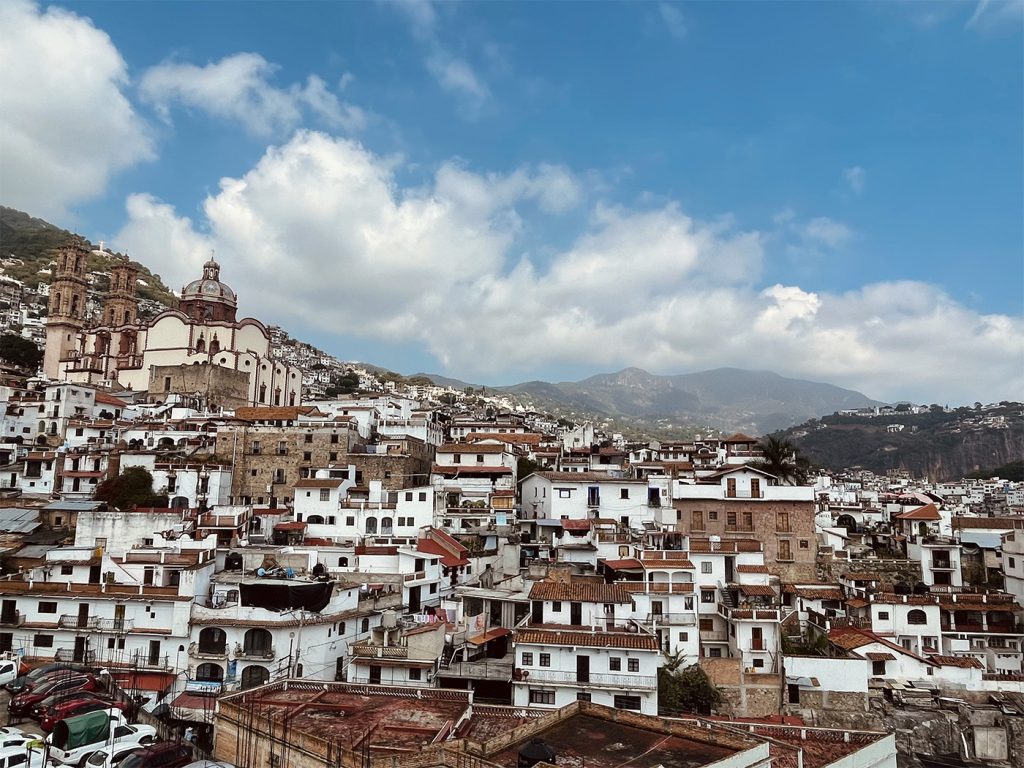
After the silver mines were depleted, the town fell into a state of depression, but in recent years it has become a popular tourist destination due to its stunning natural beauty, picturesque white buildings reminiscent of Europe, and silver artisanry.
In the early 20th century, Taxco, Mexico, began to attract foreign artists and others looking for an “authentic” Mexican experience. American silversmith William Spratling played an influential role in this, modernizing local silver work designs and exporting them abroad. This helped to cement Taxco’s reputation, which continues to this day.
Izamal
Izamal is an often overlooked town located in the Yucatan peninsula, with a history dating back to the 16th century. It is a quaint and picturesque town, filled with yellow buildings, the result of local residents agreeing to paint them in this hue.
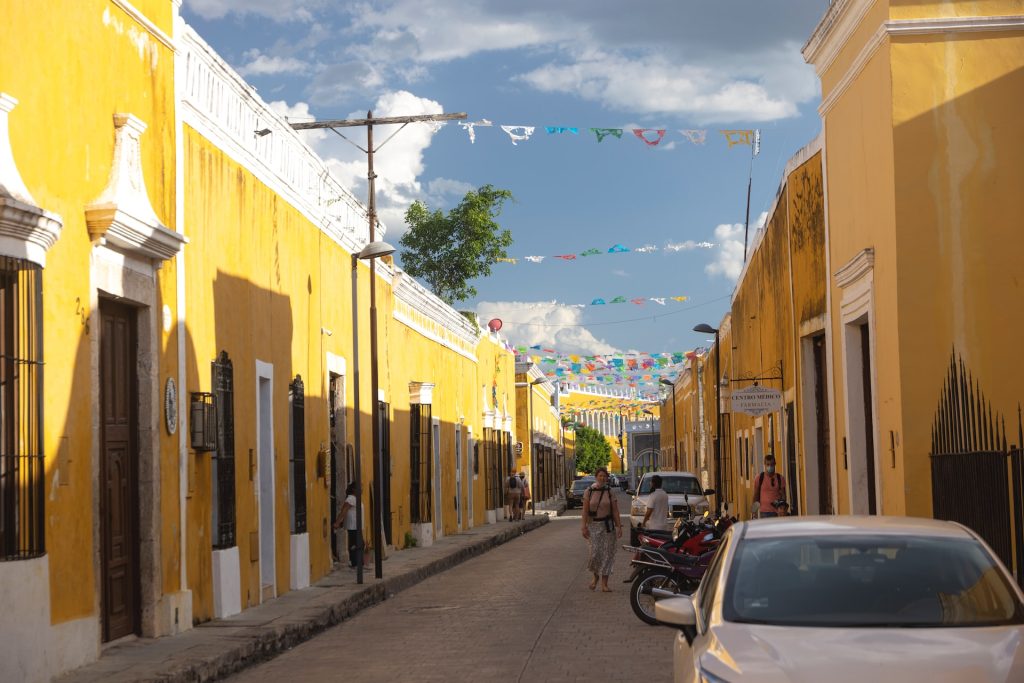
The iconic centerpiece of the city is the San Antonio de Padua Church and former monastery, which was constructed in 1549. It boasts an atrium that is the largest in the Americas, second only to the one at the Vatican. Visitors to the region can enjoy a stunning side trip to Izamal when travelling between Mérida and Chichén Iztá.
Jalpan de Serra
Located in the northern region of Querétaro, this town is historically significant for being the starting point of the mission movement created by Junípero de Serra.
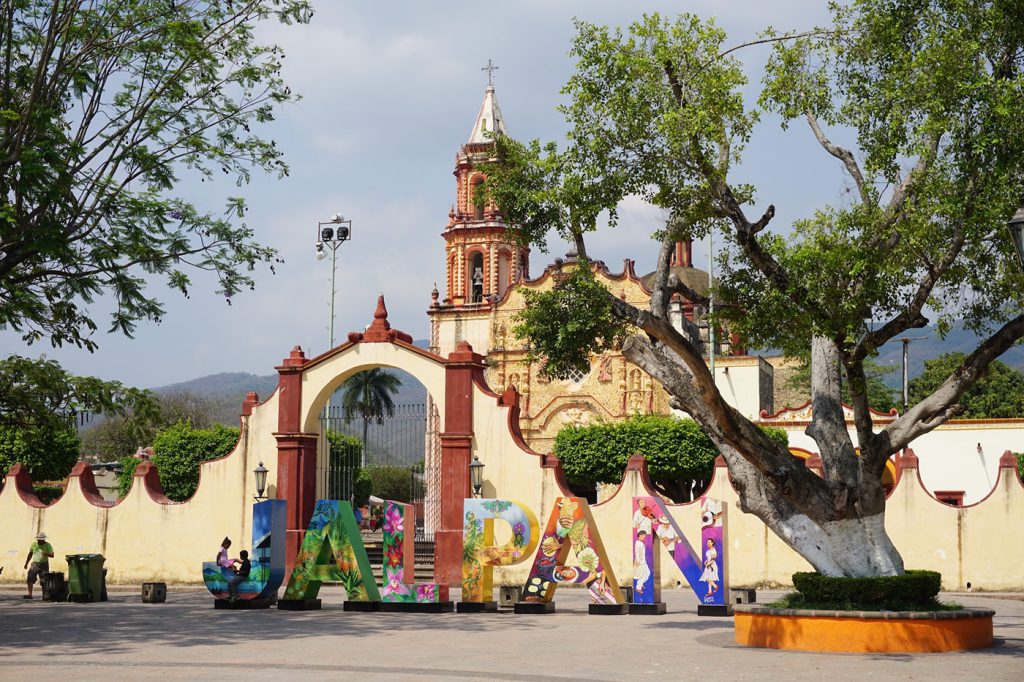
Its main church, along with four others, have been recognized as a UNESCO World Heritage Site due to their age and architectural similarity to Baroque churches in the south.
These missions were built to encourage nomadic populations to settle and spread the Catholic faith and Spanish rule in the region, eventually reaching as far north as California.
Comala
Nicknamed “The White Village of America” and with a view of the majestic Colima Volcano, this town had only three streets at the beginning of the 20th century. It is best known for its association with Juan Rulfo’s novel Pedro Páramo.
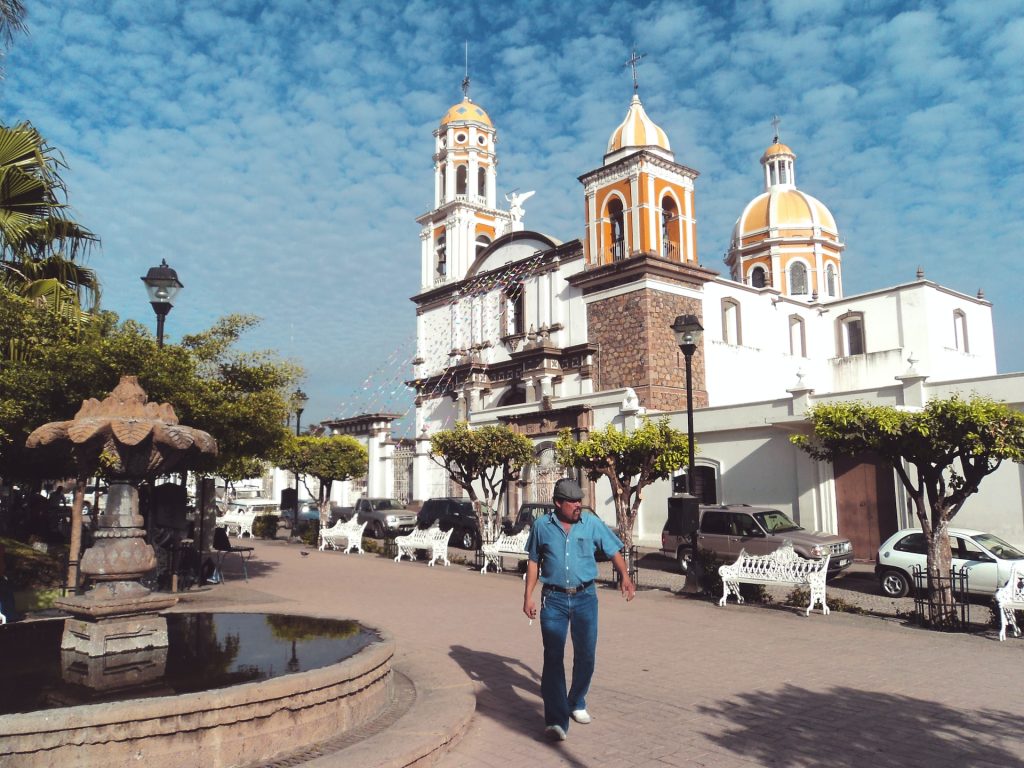
It is also the hometown of Mexican artist Alejandro Rangel Hidalgo, who designed a series of Christmas cards for UNICEF in the 1960s. Comala is still surrounded by papaya, banana, mamey, almond and palm orchards, and produces an important local fermented beverage called ponche in flavors such as pomegranate, coconut, pistachio, and almond.
Jerez, Zacatecas
Jerez is a perfect example of a classic Wild West town. Its unique blend of Baroque colonial buildings and traditional adobe construction create an atmosphere that is reminiscent of the Mexico depicted in Western films. It is renowned for its exquisite filigree silverwork, and the best time to visit is the Saturday before Easter or ‘Sábado de la Gloria’.
On this special day, men and women dress up in traditional outfits and ride their horses around town, drinking and taking part in a competition. They attempt to rope an effigy of Judas Iscariot that is hung up and drag it through the streets. Then, at night, the effigy is set on fire, making for a spectacular show.
Tlalpujahua
This town, located between Mexico City and Morelia, was once part of the borders of the Aztec and Purhepecha Empires, but its indigenous heritage is of the Mazahua people. In the mid-20th century, the town was suffering from economic depression, but a local resident who had lived in the United States and learned to make glass Christmas ornaments returned and transformed the town’s economy by manufacturing these ornaments.
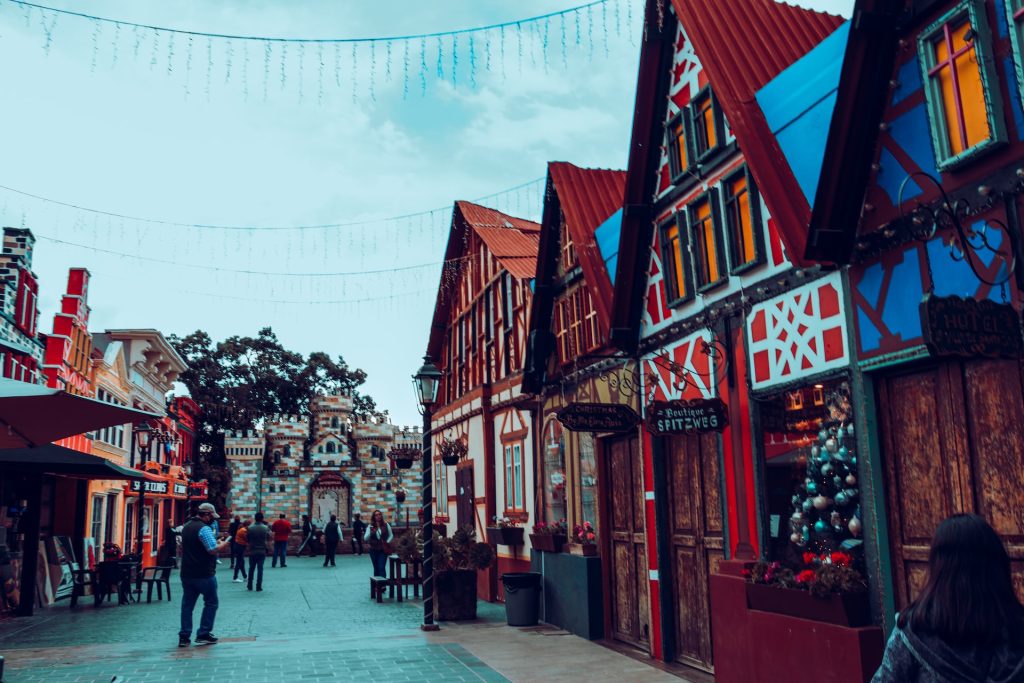
Tlalpujahua is now renowned for being ‘Mexico’s Christmas Village’. The locals work together to create beautiful decorations and ornaments during this time of year, and the backdrop of the surrounding mountains and pine trees make it even more picturesque. October to February is the best time to visit, as this is when the monarch butterflies come to winter in the area, but it is important to bring a warm coat.
Creel
This town in Chihuahua is best known as the starting point for the famous El Chepe train, which takes tourists to Los Mochis on the Pacific coast through the breathtaking scenery of the Copper Canyon.
However, Creel is a major cultural center for the native Rarimuri or Tarahumara people, who have defied all odds and kept a way of life that is almost entirely the same as before the conquest.
These people are best known for their simple but fine pottery, baskets and drums. They are also known for their ability to run fast and far…with no shoes.
Zacatlán de las Manzanas
Without being on this list, the town of Zacatlán would probably not be known by anyone. Located north of the city of Puebla, a visit here is worth it for its flower clocks and apple cider, to be enjoyed in architecture from the 19th century.
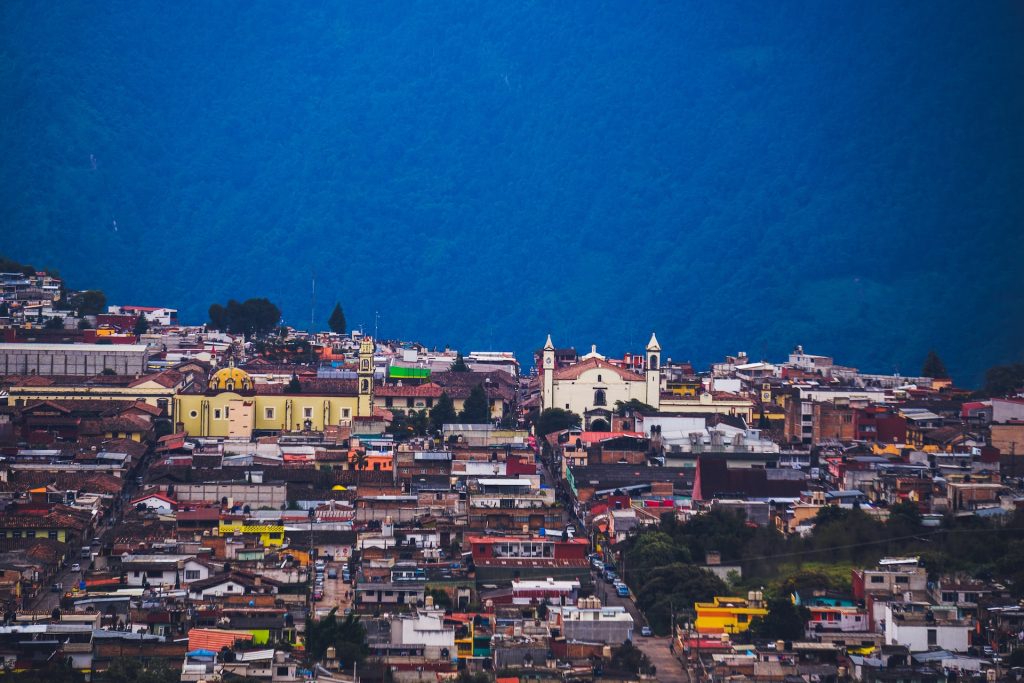
The town is home to Centenario Clockworks, the largest producer of monumental clocks in Mexico, producing the timepieces for gardens and towers seen all over the country. The town’s economy is still mostly agricultural, however, with apples being a major crop. Most are processed into a mildly-alcoholic, sparkling cider which is traditional in Mexico for New Year’s Eve
Bacalar
The Pueblo Magico of Bacalar is a tranquil village located in the southern region of the state of Quintana Roo. It is situated on the Yucatan Peninsula and is renowned for its majestic Lagoon of Seven Colors. The picturesque lake is renowned for its unbelievable shades of blue that range from light turquoise to deep navy.
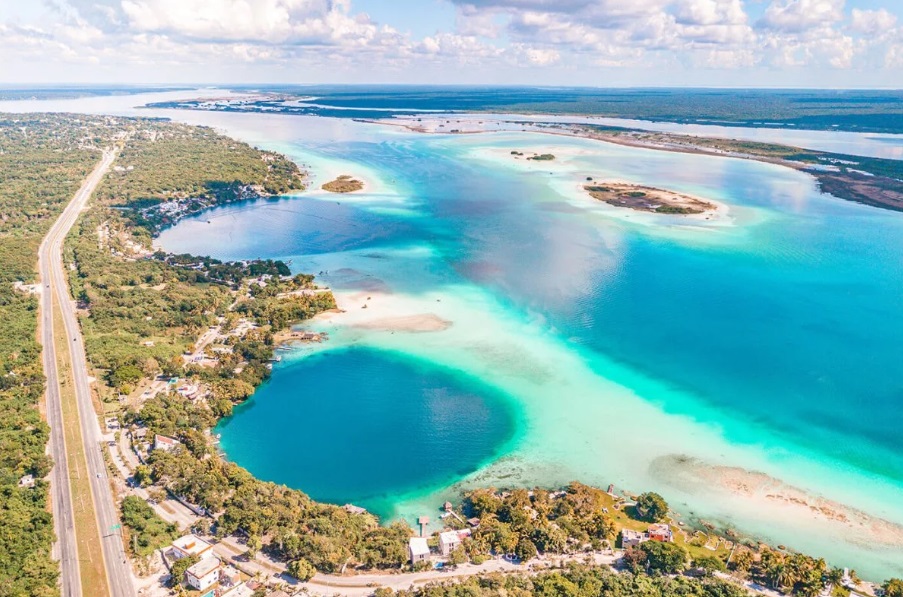
The stunning Lake Bacalar in Mexico is home to an array of mesmerizing blues, from deep indigo to light turquoise. This incredibly vast freshwater lake is the second largest in Mexico, second only to Lake Chapala in Ajijic. Visitors can marvel at the seven shades of blue that can be seen across the lake, making it an unforgettable experience.
Cholula
For those interested in ancient architecture and civilzations, Cholula is a must-see destination. Home to the Great Pyramid of Cholula, this awe-inspiring structure is said to have the largest base and volume of any pyramid in the world, and is made even more remarkable by the fact that European colonizers built a Catholic church atop it.
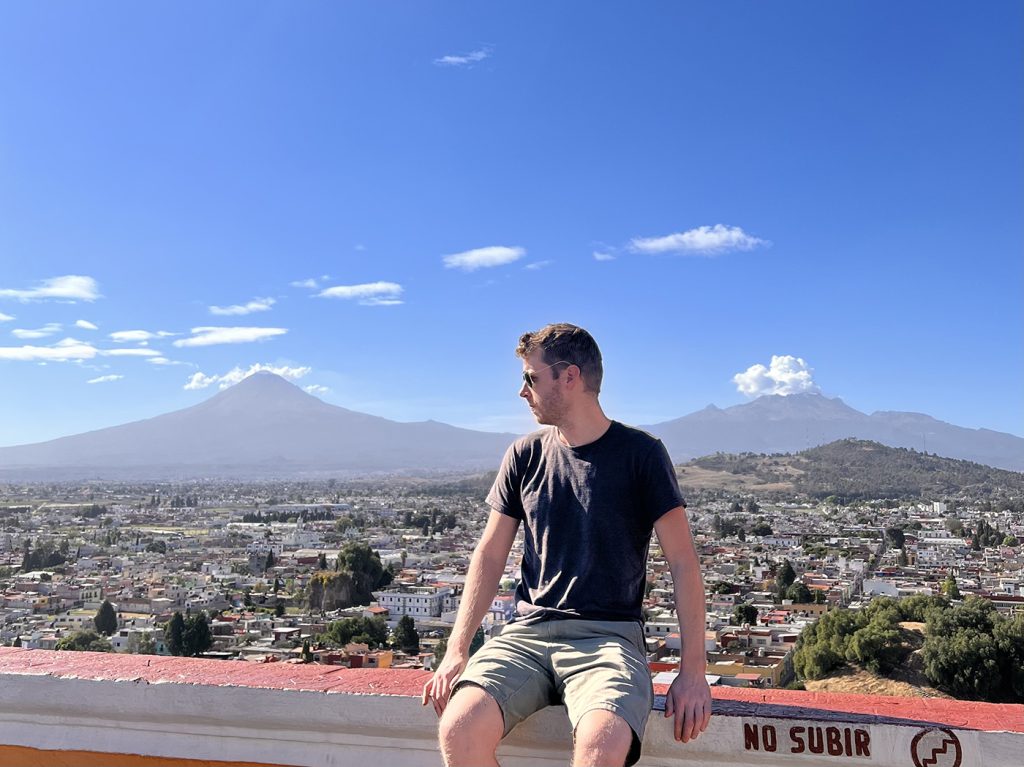
Tours of the pyramid’s tunnels give visitors a unique insight into this incredible structure’s history and significance. The two remarkable volcanoes of Popocatépetl and Iztaccihuatl in the distance make an impressive backdrop to the Great Pyramid of Cholula.
Map of Mexicos Pueblos Magicos
**Please note that this post may contain affiliate links. When booking through one of our links, we earn a small kickback at no extra cost to you and it’s a big help to keep the site up and running.

